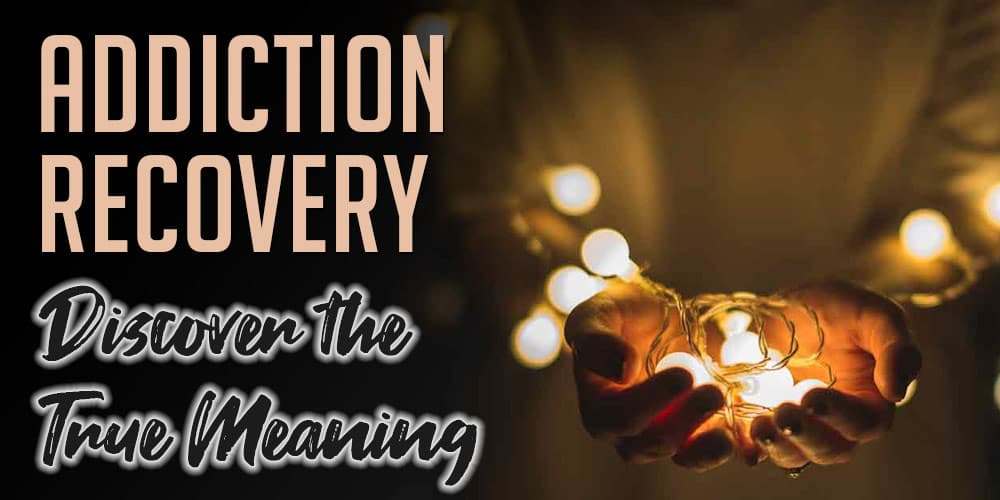
When someone heals from an addiction it is called “recovery,” but what does the word “recovery” really mean and what is addiction?
In one instance, it means you regain possession something that you’ve lost and “that something” must have been there all along, because otherwise you wouldn’t be able to find it again.
Another meaning of recovery is “returning to a normal state of health, mind or strength.” Both are true in the case of recovering from an addiction, or for that matter, any illness.
What Do People Recover When They Heal From an Addiction?
For many people, when they heal from an addiction, they recover and reintegrate all parts of themselves once again like they had before.
But what caused them to disconnect with themselves in the first place? Quite a few people disconnected from themselves because of some form of trauma.
Trauma is a catalyst that can cause the loss of connection with oneself. The trauma causes a fracture that breaks us away from the essence of our being, those we love, our environment and everyone around us. We adapt to the trauma by subtle changes that impact us over time.
The trauma is not the event in and of itself – trauma is the impact of that event over time, which results in the disconnection from oneself.
Instead of being oneself, we fracture, put up barriers and become manyselves. The most obvious being “the fake self” that we often present to others to look good, or be accepted.
We start to adapt to the feelings of stress, anxiety, depression, pain, fear, and anger, and change how we behave and interact with the world around us.
We then accept these adaptations as part of our personality, and we begin to feel that we are the disconnection.
This results in total loss of awareness of who we are – abandonment, incompleteness, deep pain – the loss of self.
Harvard has written a comprehensive guide summarizing how stress in early child hood can have damaging effects throughout the lifespan – they call this toxic stress.
The Compassionate Care Model® of addiction treatment emphasizes that connection is the single most important key to recovery.
Humans are Complex Beings
In yogic philosophy, our body is explained as being divided into five integrated sheaths.
As human beings in the modern world, we associate greatly with our physical (material) bodies. However, according to yoga, inside our material body there are four more bodies known as “sheaths or Koshas.”
Inside the material body there is an energy body, also called chi or prana – this is our vital life energy.
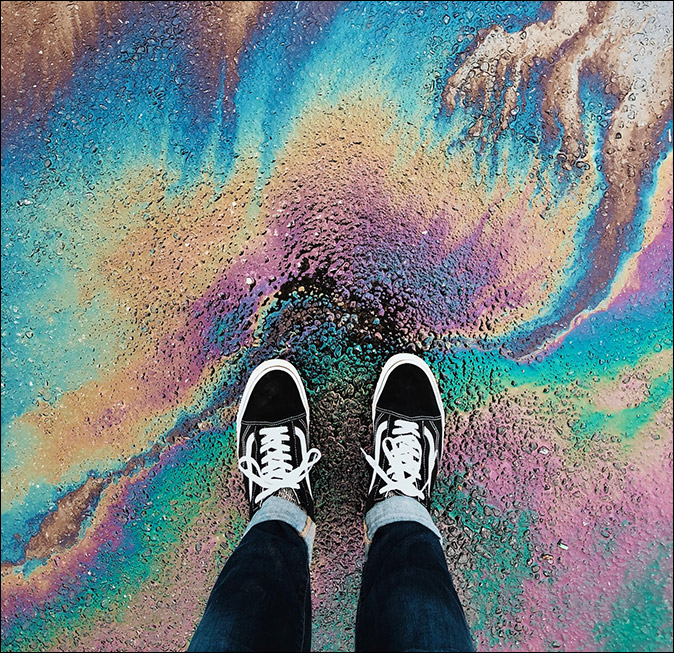
Going deeper, inside our energy body there is a third sheath – the mental body which permeates all of the first three bodies. In yoga the entire central nervous system (CNS) is involved in the mental body’s functions with the brain as the governing center.
The fourth sheath is the intellect body – the place of conscience and judgment.
Deeper still there, is the subtle body – one that you often see in babies and children. The subtle body is made up of pure joy, happiness and bliss. These inner bodies are the source of life and wellbeing.
However, in the west we completely disregard the four subtler bodies. Worse still, we get traumatized and then we compensate by disconnecting from the subtler sheaths. The resulting disconnection produces disease and compensatory behaviors.
The Disconnection from the Self
All diseases are due to a disconnection from the self, not just addiction and mental illness.
A disconnection from the subtler parts of us, that ultimately leads to the inability to feel joy due to the silencing of our subtle energies.
More specifically – the disconnection is the product of trauma. The ongoing changes in behavior and how we learn to cope with the pain makes us sick over time.
What is Addiction?
Drug or alcohol addiction is defined as a chronic and relapsing, although treatable, disease of the brain characterized by compulsive drug seeking and use, despite negative or harmful consequences.
Substance use addiction is considered a brain disease, because drug or alcohol use changes the structure of the brain, in addition to how the brain works and functions.
For some, addiction is a way of coping with the pain of the disconnection that often results from trauma. They become addicted to substances as an attempt to deal with unbearable pain.
It can come in many many forms (food, work, sex, drugs, gambling or alcohol) and offers temporary pleasure, a chance to escape, providing distraction from the pain, while inflicting other unintended pain in the process of escape.
How to Heal from Addiction
A loss of connection with our essence can impact all areas of our life. To heal we must integrate all parts of ourselves again. If people can feel no joy or pleasure, then something has blocked the ability to feel pleasure.
Continued use of drugs or alcohol as a coping mechanism for pain often leads to addiction. This changes the function of the brain so that it doesn’t produce happiness, normal feelings, or emotions on its own any more. Using drugs or alcohol is the only way to feel normal or happy, but over time, the substances won’t work either, and the user will feel trapped.
Understanding the root cause of the problem and healing the wounded parts of ourselves is the only way to heal.
Often people refer to the “wounded child.” The wounded child refers to the subtle body, our ability to feel bliss and joy – like a child.
Many of us learn from a young age that it is too painful to be your true self or to follow your own gut feelings. We can feel that it is better to put up a barrier and disconnect than to be ourselves.
We compensate for this disconnection through addiction or personality traits that help us deal with lack of love, attention and the resulting pain. As adults we become who we think we are as a personality or ego, rather than our true essence as a human being.
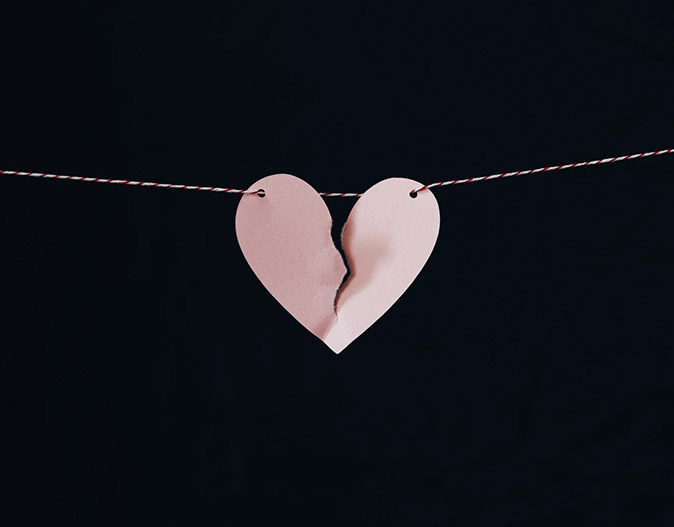
Fear of Vulnerability
When we are afraid of being vulnerable, we try to protect ourselves by blocking out parts of our life that hurt. The very word “vulnerable” comes from the Latin word vulnus that means “to wound.” The current meaning is to be “exposed to the possibility of being attacked or harmed, either physically or emotionally.”
When we feel vulnerable we literally close our hearts to our life. The 13th century philosopher, Meister Eckhart, summed this up quite nicely with the following quote:
“A human being has so many skins inside, covering the depths of the heart. We know so many things, but we don’t know ourselves! Why, thirty or forty skins or hides, as thick and hard as an ox’s or bear’s, cover the soul.”
We build up these “hides” to protect ourselves from pain, especially the pain of the loss of ourselves. Initially the choices that we make to help us deal with the pain of the loss of ourselves become a burden. Over time, our attempts at protecting our self from the world become the very source of pain and separation.
The Journey of Recovery is Difficult
Society often rewards us for our learned behavior that we exhibit to protect ourselves. For example, a person may be so weak and disconnected that instead of taking responsibility and looking inwards, they feel the need to control others.
This person may find himself or herself in a job of perceived power, although deep inside they are hiding extreme pain.
Or a person who feels the need for validation and love may spend a fortune on beauty products and clothes. Again this behavior is normal and rewarded in a capitalist society.
Addiction (in all its forms) is a coping mechanism, an adaptation of our personality that we use to block out our pain and suffering.
This situation is summed up nicely in this quote from “The Tibetan Book of Living and Dying” by Sogyal Rinpoche:
“Sometimes I think that the greatest achievement of modern culture is its brilliant selling of samsara (living in a state of illusion and its barren distractions). Modern society seems to me a celebration of all the things that lead away from the truth, make truth hard to live for, and discourage people from even believing that it exists. And to think that all this springs from a civilization that claims to adore life, but actually starves it of any real meaning; that endlessly speaks of making people ‘happy,’ but in fact blocks their way to the source of real joy.”
The Impact of Society
Society often validates the fake self that has been developed to help us deal with the suffering that we have endured and this makes the journey of recovery very difficult.
The capitalist economy depends on a false-sense-of-self, the ego that many of us have developed to protect our true essence.
If we were truly connected to ourselves, we probably wouldn’t buy the things we buy. Even if we did, we certainly wouldn’t be so attached to material possessions or identify with them.
Our society feeds off people looking to buy a product or service that they think will make a difference in their life. When the truth is, it will probably just bring us more suffering.
Relearning Who We Are
The journey to a healed state is to relearn who we are. A lot of the behaviors and mannerisms that we have learned have been developed to protect us from pain and trauma.
These behaviors can also be passed down from generation to generation. The trauma in and of itself, if dealt with the appropriate guidance can be worked through. The trouble is, we often don’t get the right guidance from people who are compassionate and caring.
We shouldn’t have to journey alone. Human beings are so complex and there are so many psychological barriers between who we think we are and who we actually are. Therefore, getting the right help and guidance is essential.
The Healing Process
Most people carry fear, pain and terror with them all their life. We must learn to put these emotions into context and move on.
During the healing process the pain needs to come up to be cleansed with awareness and strength. To not deal with the pain is simply denying the deep-rooted pain. Normally people need guidance to understand and integrate what they have learned in life.
The pain and suffering felt as a child are now a figment of our imagination, a memory. There is no need to hold onto it, it is not who we are.
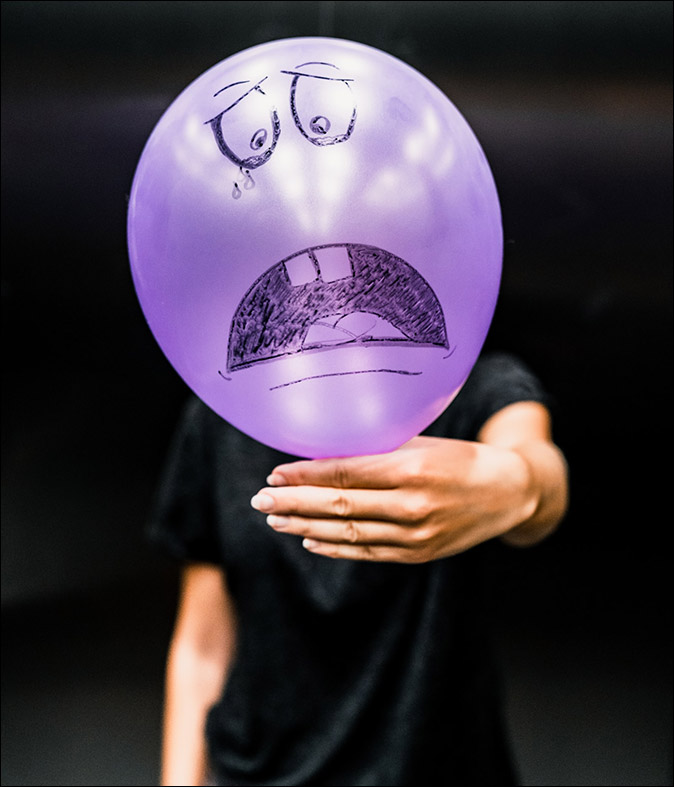
Children feel the pain and suffering of their mother (even in the womb) – if the suffering continues then the child will experience systemic fear for its very survival for its whole life. Cleansing these painful memories will help reconnect us with who we truly are.
Being brave enough to stand up to our pain and fears is the practice of healing and the art of recovery. It’s not easy, but it’s worth it. To feel the shift, we need to heal and integrate all of the parts of ourselves back into our life.
Suppressing Emotions
Many adults have not learned to manage their emotions and this can be reflected in how they bring up their children. We feel the need to validate ourselves, when that is the very last thing that we need.
Learning the difference between “needs” and “wants” will help us deal with the whole process of healing and life in a more appropriate way.
Over 2000 years ago the Buddha stated: “With our thoughts we make the world.”
Those wise words, although correct, often leave us feeling at a loss. If we create the world with our thoughts, then why don’t we create a world that we love?
The reason for this is that before we can create the world with our mind, our environment often creates our mind for us.
So the very mind that we are using to create the world is often out of balance from the very beginning. To solve this puzzle we must use practices like yoga, mindfulness or meditation to get in touch with who we were before our environment created our minds – the very essence of self.
All forms of mental illness – addiction, depression, anxiety or psychosis are the outcome of how we have learned to respond and alter our behaviors in response to the pain of disconnection.
We learn how to deal with our emotions from a very early age. This often means suppressing the very essence of our being to appease others.
If our parents or teachers didn’t know how to handle our emotions, we learn to cope, often in unhealthy ways. Over time these suppressed emotions can build up and manifest as a mental illness later on in life.
How Suppressed Emotions Produce Disease
The immune response is a tool that our bodies use to counteract the effects of its external environment. Scientific studies have shown that the immune system is suppressed when we are exposed to ongoing stress.
In fact, recently there has been a whole new branch of science called Affective Immunology that studies how the emotions and the immune system work together.
This new body of science has been formed to “allow a better understanding and appreciation of the immunological basis of mental disorders and the emotional side of immune diseases.”
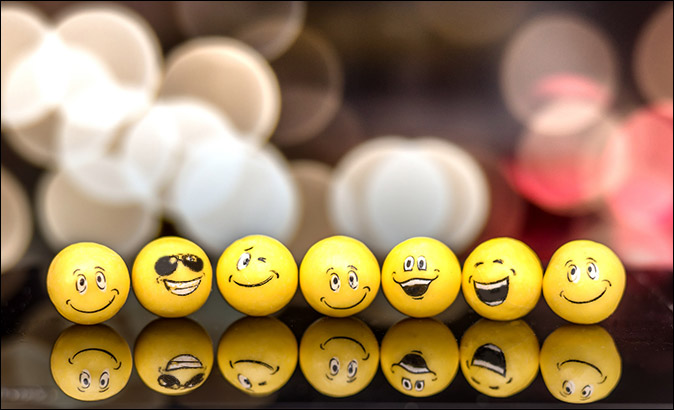
Healing Means Wholeness
Reconnecting with our essence is the true meaning of healing. Accepting all of the parts that we have disconnected with due to pain will bring about true lasting healing.
When traumatized, we shut the connection with ourselves down, creating a separation. We become whole again when we reconnect with all of the aspects of ourselves.
There’s a lot of work to do on the path of recovery and any small victories should be celebrated.
It’s a step-by-step process, and taking the first step of recognizing there is a problem is necessary before healing and recovery can begin.
Identifying the root cause of the pain or trauma is the fundamental early step from which healing and recovery will spring forth.
Once that occurs, a compassionate and caring team of professionals will provide the guidance and wisdom for enabling a successful recovery and a return to wholeness.
Related Posts
- Codependency Meaning and Codependent Relationships
While many of us may not fully understand the meaning of codependency, we probably know…
- Overcoming Addiction Triggers - Tips for Recovery
The most difficult part of overcoming addiction and addiction triggers is making the decision to…
- Stages of Change Model in Addiction Recovery
In the journey from substance use addiction to recovery, every person experiences changes in their…
